
How Eichler’s Loyal Team Got the Job Done
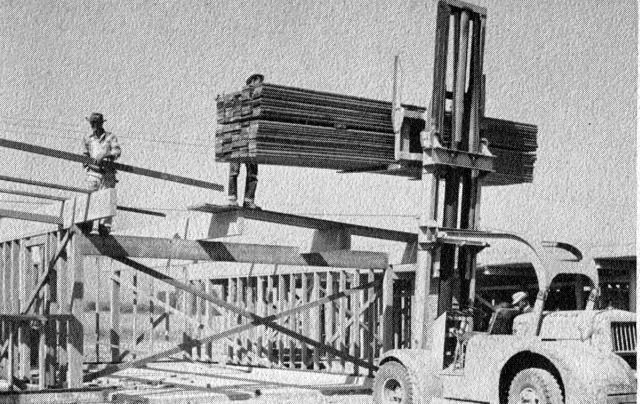 |
|
|
In many ways, Eichler Homes reflected the personality and drive and ideas of the company’s president and namesake, Joe Eichler. But Eichler Homes was never a one-man show.
In fact, among the keys to Joe’s success – besides his unremitting determination to build quality modern homes – were the people he hired, his let-a-good person-do-a-good-job management style, and the way he inspired loyalty in the troops.
It’s not surprising that many of Eichler’s employees worked for him for years – or that “the biggest percentage of people who worked for him lived in Eichlers,” according to Eichler’s former salesman Jim Dougherty.
“Let’s talk about some of the people who worked with Eichler, not just Joe Eichler,” says Frank LaHorgue, who worked for Eichler from 1961 to 1965, leaving as manager of finance and escrow as the company was facing bankruptcy.
“There was very little turnover in the sales team,” LaHorgue recalls. “It was a very solid group that was there all the time.”
Dougherty, who worked for Eichler, first in marketing, and then in home sales from 1959 to 1966, when Eichler Homes collapsed, says, “He had really good people that worked for him, loyal people. The construction guys out in the field, they loved him. They loved the houses and they had good jobs – the construction managers, the carpenters. He paid them well. You knew you were going to have a job.”
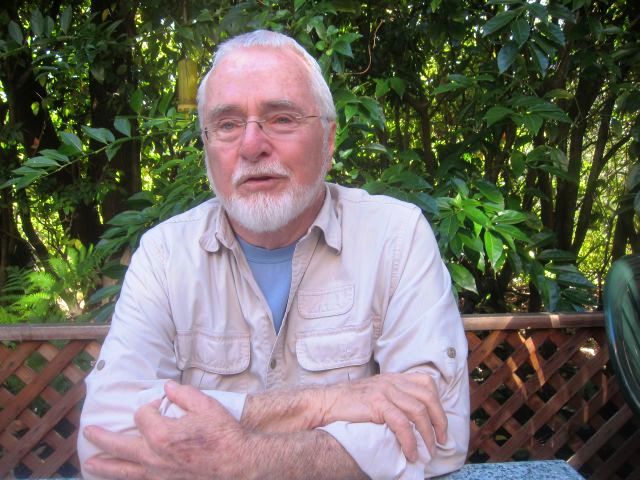 |
|
|
“Things got done,” Dougherty says. “The subdivisions were put together, they were done on time. We had our own escrow people. It just ran well. People just did their jobs, and there was not much turnover at all.”
“It was an interesting office to work in,” he says. “People were very friendly and outgoing. Mr. Eichler didn’t have a great sense of humor or anything like that. It was an easygoing office until you got to Mr. Eichler. Then it was all business.”
He recalls that Eichler got to work at 9 a.m. “and would stay late and work on Saturday. Most of us worked six days a week.”
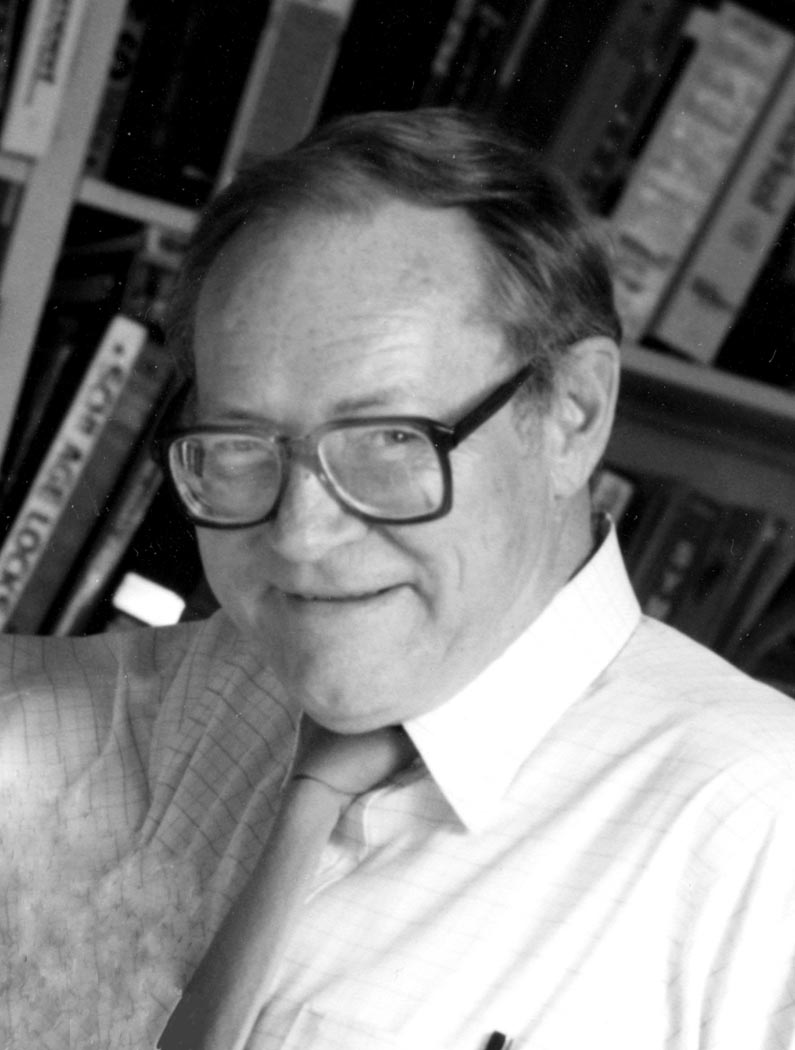 |
|
|
“I don’t know that Eichler got along poorly with anyone in that office,” LaHorgue says. “People have an idea that he was gruff and demanding. I don’t know. I never saw that.”
Eichler’s straightforward leadership style set the tone for the company, LaHorgue says.
“[Eichler] was very clear. There was no doubt about where you stood with him or what he expected from you,” LaHorgue remembers. “I thought he was a terrific leader. And part of solid leadership is that you can build a team of people who can work on their own. He’s not there micromanaging. He’s building people who have confidence to make decisions and make things happen, right?”
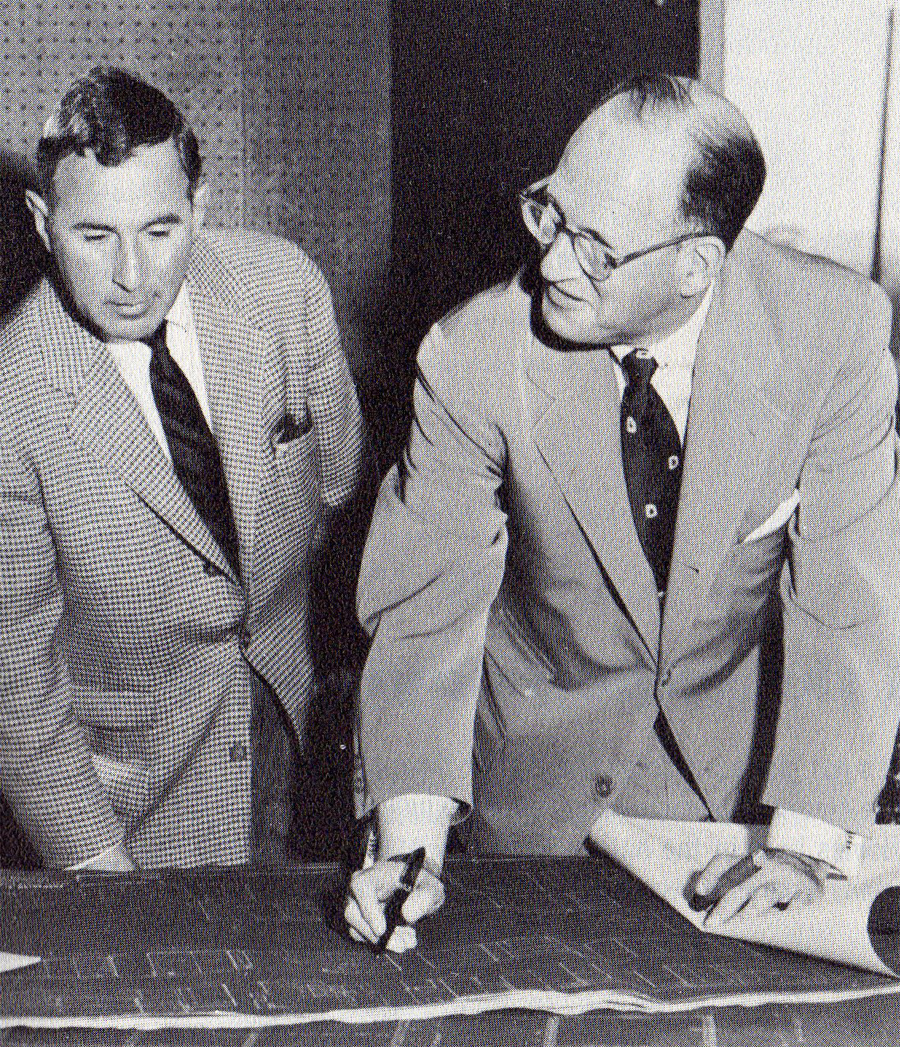 |
|
|
In a way, LaHorgue says, it was a family business, with Joe's son Ned working there for a time in purchasing, marketing, and as vice president. Ned’s brother, Dick, did accounting, and Eichler’s brother-in-law, Al, worked there too.
Dougherty worked for Eichler in two offices, first on El Camino Real in Palo Alto, then at the Edgewood Shopping Center in that town. He recalls about ten people in the office, three or four in accounting, Josie Graham handling service issues with homeowners, chief accountant Ruby Rose Germaine, Gene Longuevin overseeing purchasing and supply, Jerry Grantz and assistant Piet Goedewaagen in advertising, and subdivision engineer Jim Roemer, among others.
Eichler’s in-house architect, John Boyd, was there too, dealing with architectural issues as they came up, and serving as go-between with the outside design architect teams. It was rare, Dougherty and LaHorgue say, that any of Eichler’s design architects showed up at the office.
By the early 1960s, the architectural design work was divided between Jones & Emmons, who were based in Los Angeles, and Claude Oakland in San Francisco. Oakland sometimes came to the office; Oakland’s associate, Kinji Imada, came more often.
Some of the key construction supervisors and workers were ex-Seabees from World War II, LaHorgue says, including Al Shapro.
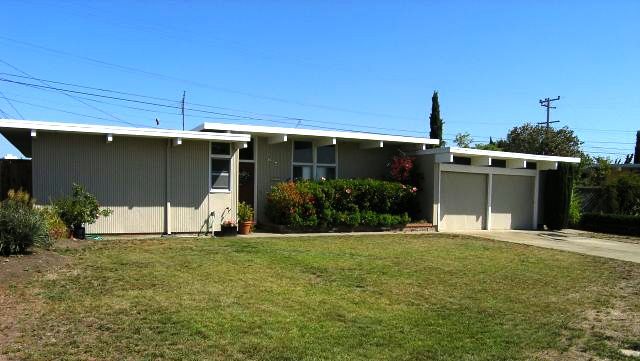 |
|
|
The Navy Seabees [it stands for 'Construction Brigades']“would go in immediately after the first landing in the Pacific and build an airport in two days,” LaHorgue says. “They could build anything in two days. And that plays into the Eichler story in a big way, in my view. It takes more than just ordinary carpenter guys to go and tackle an entirely new type of construction, post and beam.”
LaHorgue remembers how closely Gene Longuevin, who had to find vendors to create special siding, and locate just the right redwood for posts and the proper windows, worked with Al Shapro – and says both men served as his mentors.
One of Eichler’s smartest moves, LaHorgue says, was to bring in salespeople as employees. Most homebuilders at the time, he says, relied on outside realty firms to handle sales in their model homes. But Eichler hired his own dedicated staff. Eichler’s salespeople got a salary plus bonuses based on sales.
The result was, Eichler had a loyal team of salespeople, many of them inspired and mentored by the star salesman, Bud Sthymmel, who mostly worked in Marin County. There was something special about Eichler homes, LaHorgue says, and they needed salespeople who really understood the homes.
For decades after Eichler Homes, and Eichler’s successor homebuilding firms closed up shop after Joe’s death in 1974, veterans of the organization got together to socialize. They still do today, Dougherty and LaHorgue say, though not as often in the past.
- ‹ previous
- 321 of 677
- next ›



